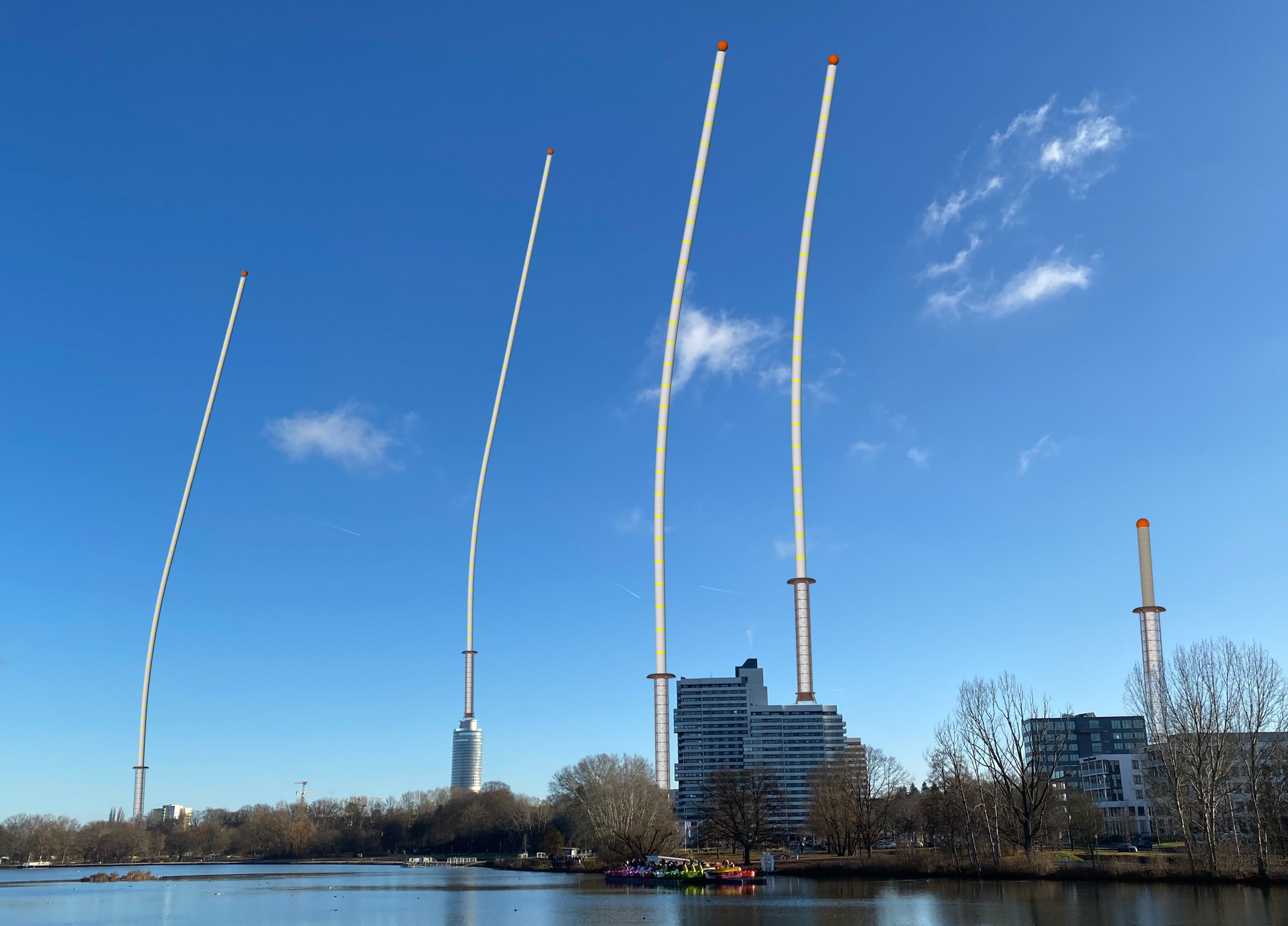Away from reducing CO2 emissions and towards reducing global warming: a change in perspective leads to the development on an innovative solution for the problem: an air conditioning for our planet.
Billions of people around the globe watched the world community`s attempt to persuade countries to massively reduce their CO2 emissions at the climate conference in Glasgow. The target was to reach binding agreements to prevent climate change and global warming from getting completely out of hand. However, the conference ended with worldwide disillusionment. Only a few still believe in a realistic chance of achieving the 1.5° climate target. If no immediate and massive action is taken, the earth is more likely to warm up twice as much, with the known catastrophic consequences. As it looks today, the main causers of climate change will probably only act decisively when it is already too late to preserve a world worth living in for our children.
"We are currently developing an idea that offers a completely new perspective on climate change. Our innovation is based on the assumption that the real problem at the moment is not the greenhouse gas emissions. Although these are largely the cause of global warming, they are not initially the major problem for either humans or the planet. On the contrary: without greenhouse gases we would probably be facing a 30 degree drop in temperature on our earth", says Michael Mack, inventor and managing director of HeineMack GmbH in Nuremberg.
Natural greenhouse gases absorb heat and keep it close to the earth's surface. The earth's atmosphere consists - in terms of volume - of approx. 78.1 % nitrogen, 20.9 % oxygen, 0.9 % argon and other noble gases. Greenhouse gases account for less than 0.1 %. The carbon dioxide content is only approx. 0.04 % (mass fraction approx. 0.061 %). Considering these figures, the development of CO2 in the atmosphere of our planet does not seem threatening at first glance. The actual problem of CO2 - at least in its current concentration – is therefore not primarily direct harm to humans through inhalation or the like. Rather, the problem is that the human-induced rise in CO2 is increasingly preventing warm air from the Earth's ground-level zones from rising to higher, colder zones in order to be cooled down.2-Entwicklung in der Atmosphäre unseres Planeten auf den ersten Blick keineswegs bedrohlich. Das eigentliche Problem des CO2 ist – zumindest in der derzeitigen Konzentration – nicht primär ein direkter Schaden für den Menschen durch Einatmen oder Ähnliches. Vielmehr ist es das Problem, dass die vom Menschen verursachte Zunahme des CO2 immer mehr verhindert, dass warme Luft aus den bodennahen Zonen der Erde in höher gelegene, kältere Zonen aufsteigen kann, um dort abgekühlt zu werden.
"From my point of view, the acute problem is global warming and not the increase in greenhouse gases. These are merely the cause of the problem. If global warming could be slowed down or even stopped - even without reducing greenhouse gas emissions - the current situation in the world could be significantly defused and at least time could be gained. This extra time could then be used to reduce greenhouse gases in the medium term and to keep our planet Earth worth living on in the long run," says Mack.
The troposphere is the lowest part of the Earth's atmosphere and reaches up to an altitude of about 12,000 meters. Within the troposphere, the temperature decreases from the earth's surface to the tropopause - the upper limit of the troposphere - from an average of 15 °C to minus 50 °C. The reason for this is that the troposphere is primarily heated from below by the absorption of solar radiation by the Earth's surface. Only to a small extent is the troposphere directly warmed by solar radiation. Most of the solar energy is converted at ground level and released into the atmosphere, which is why it is warmest near the surface. As rising air expands and thus cools down, the air temperature decreases with increasing altitude by an average of approximately 6.5 degrees per kilometer of altitude. The dynamic increase in greenhouse gases and the associated greenhouse effect increasingly prevent warm air from rising from lower levels and cooler air from moving in. Greenhouse gases absorb and bind heat at the lowest layers of the troposphere.






